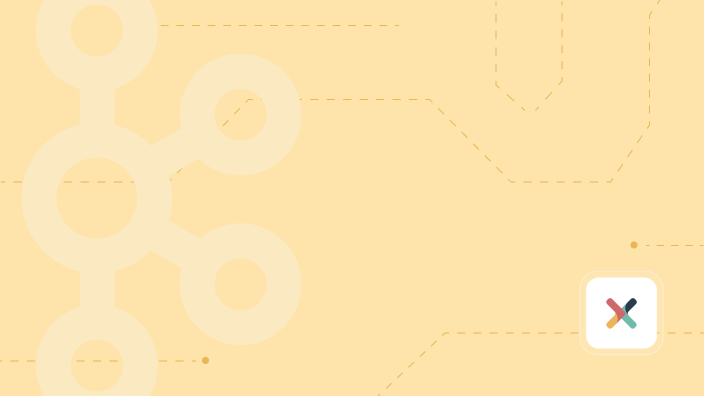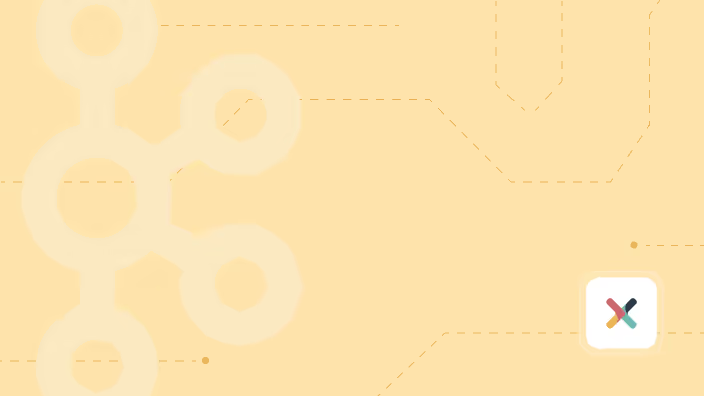On this page
Rabobank is a Dutch multinational banking and financial services company headquartered in Utrecht, Netherlands. Rabobank is active in forty countries worldwide, has over 43,000 employees, and serves approximately 10 million customers. Compelling Event Rabobank decided to move towards 100% digital and become a real-time, event-driven bank from batch jobs to real-time. They chose Apache Kafka as the engine for their event streaming platform but quickly discovered that Kafka was costly to maintain and needed a number of features to scale across the enterprise while guarding governance and security.
Read the full use case about how Rabobank Real-Time and Event-Driven.
Answers to your questions about Axual’s All-in-one Kafka Platform
Are you curious about our All-in-one Kafka platform? Dive into our FAQs
for all the details you need, and find the answers to your burning questions.
A Real-Time Bank Transfer is an instant payment system that allows funds to be transferred between bank accounts immediately or within seconds. Unlike traditional bank transfers, which can take hours or days to process, real-time bank transfers offer near-instantaneous movement of funds, making it possible to complete transactions 24/7, including on weekends and holidays. Key features of real-time bank transfers include: Speed: Transactions are processed in real-time, typically within seconds. Availability: The service is available around the clock, unlike traditional banking hours. Irrevocability: Once the transfer is initiated, it cannot be reversed or canceled. Immediate Access: The recipient has instant access to the funds once the transaction is complete.
Event-driven refers to a software architecture or programming paradigm in which the flow of the program is determined by events—such as user actions (like clicks or key presses), sensor outputs, or messages from other programs or systems. In this model, the system responds to events as they occur, allowing for a more dynamic and responsive interaction.
Event-Driven Architecture (EDA) is a software design pattern that focuses on the production, detection, consumption, and reaction to events. In this architecture, system components communicate and interact through events, which are significant changes in state or occurrences that trigger specific actions.
Related blogs

Apache Kafka is a powerful event-streaming platform, but does your enterprise need to go all in from day one? In this blog, we explore why starting small with Kafka is the best strategy. Learn how an incremental approach can help you reduce complexity, and scale efficiently as your needs grow. Whether you're new to Kafka or looking for a practical implementation strategy, this guide will set you on the right path.

Explore what Kafka software is used for, from enabling real-time data streaming to powering event-driven applications. Learn how it transforms industries with seamless data handling.

Apache Kafka software has revolutionized how businesses manage and process real-time data. Developed by the Apache Software Foundation, Kafka serves as a distributed event store and stream-processing platform, powering everything from financial transactions and logistics tracking to IoT data analysis and customer interaction monitoring. In this blog, we'll explore how Apache Kafka enables event streaming, its versatile use cases, and why it’s the backbone of modern, data-driven applications. Whether you're new to Kafka or looking to deepen your understanding, this guide offers insights to help you harness the power of real-time data.

